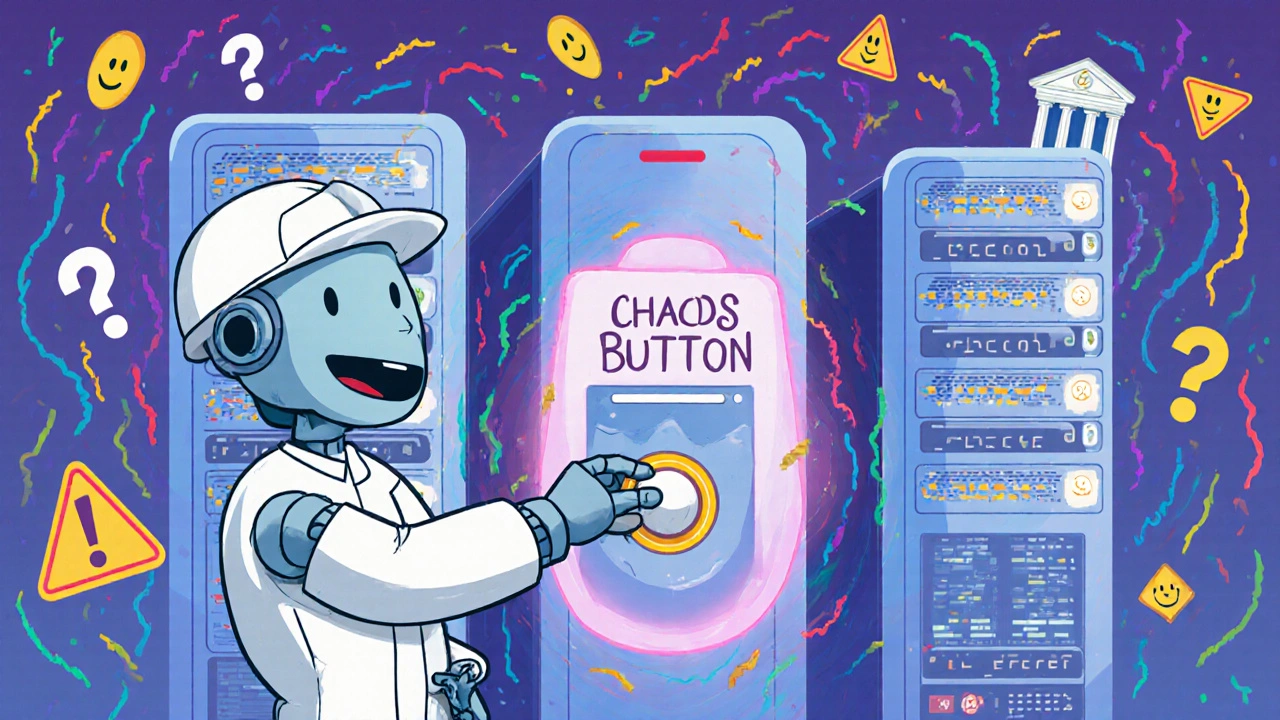Failure Testing: How to Build Systems That Don’t Break When Things Go Wrong
When you hear failure testing, the deliberate practice of breaking systems to find weak spots before users do. Also known as chaos engineering, it's not about hoping things work—it's about proving they can survive when they don't. Most people think reliability means never failing. The truth? Reliable systems fail all the time—they just recover fast. Companies like Amazon, Netflix, and Stripe don’t avoid crashes; they test for them. They inject failures on purpose: kill servers, cut network connections, overload databases. Why? Because if you don’t test how your system breaks, you’re just guessing when it will.
Failure testing isn’t just for tech teams. It applies to anything that depends on multiple moving parts: your investment portfolio, your trading algorithms, even your retirement plan. Think about it—when interest rates spike, do your bond holdings crash? When a broker goes down, can you still access your funds? When a payment processor fails, does your entire income stream stop? These aren’t hypotheticals. They’re real risks. That’s where redundancy, having backup systems ready to take over when the main one fails comes in. It’s not about having extra servers—it’s about having extra paths. Just like how your portfolio shouldn’t rely on one stock or one broker, your infrastructure shouldn’t rely on one cloud region or one API. Then there’s stress testing, pushing systems beyond normal limits to see where they snap. That’s what happens when Black Friday traffic hits, or when a crypto market crashes overnight. If your platform can’t handle 10x the usual load, you’re not prepared—you’re just lucky so far.
What you’ll find in these posts isn’t theory. It’s real-world examples of how people tested their systems—financial or technical—and what they learned. From how failure testing helped one fintech avoid a $2M outage during payday spikes, to how a hedge fund built fail-safes into its tax optimization strategy, to how a bank redesigned its compliance models after a single false alert triggered a regulatory audit. These aren’t stories about perfection. They’re stories about resilience. You don’t need to be a tech giant to use these ideas. You just need to ask: What happens if this breaks? And then, what’s your plan B?



